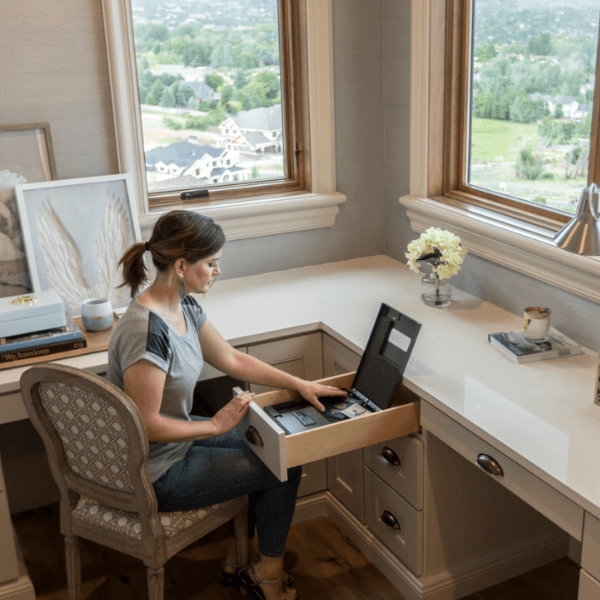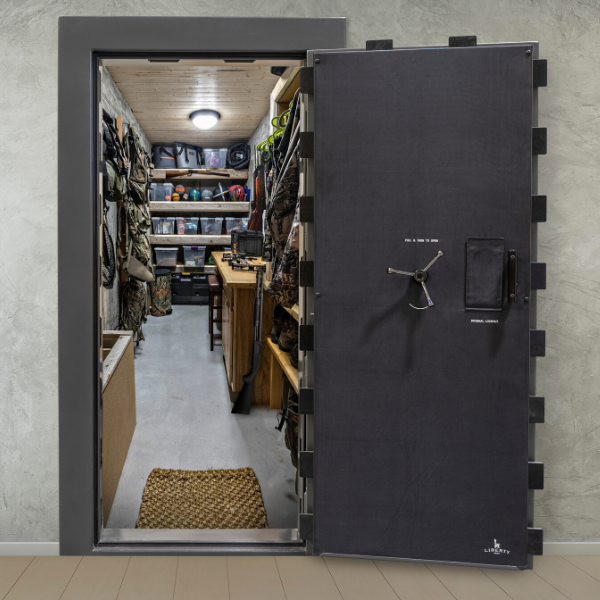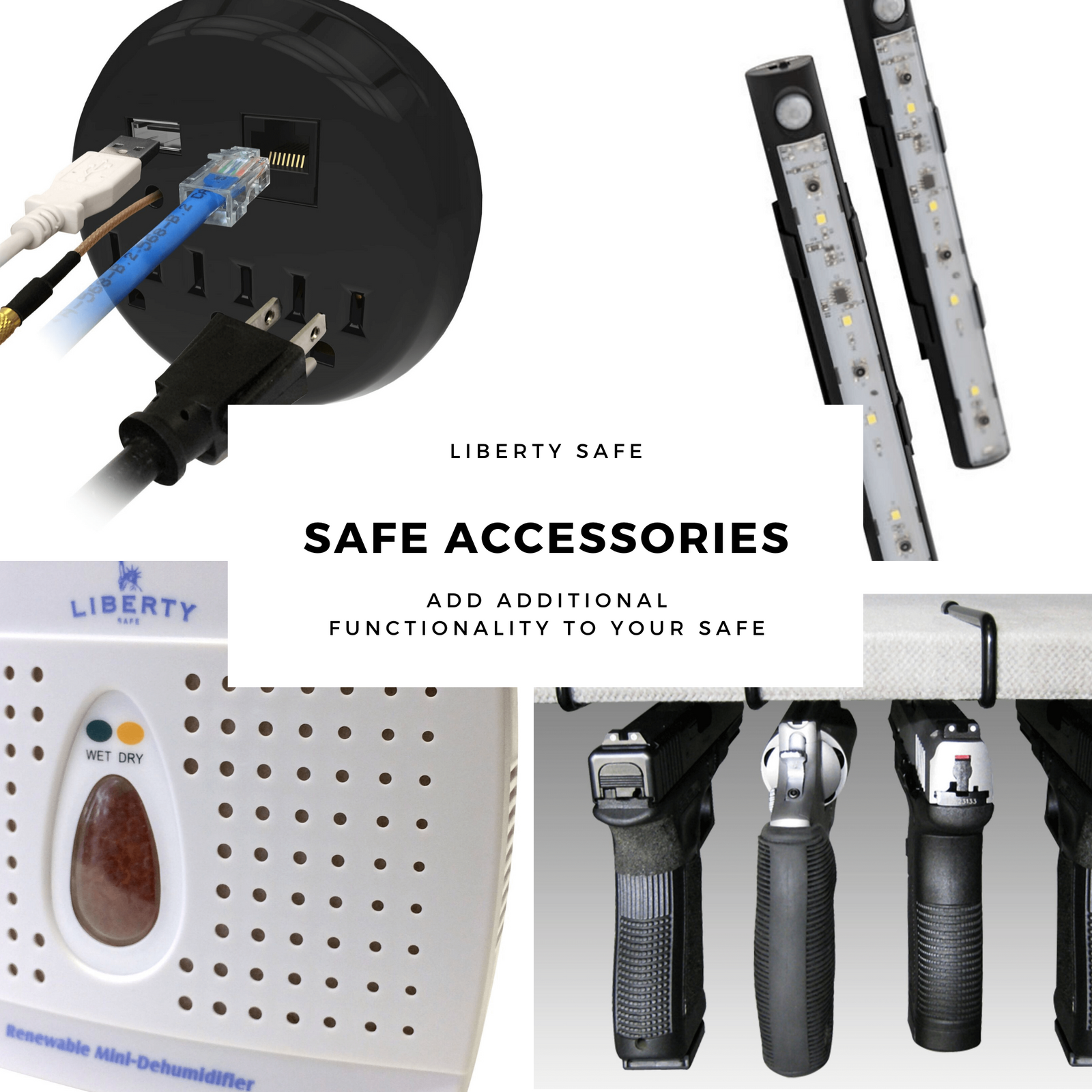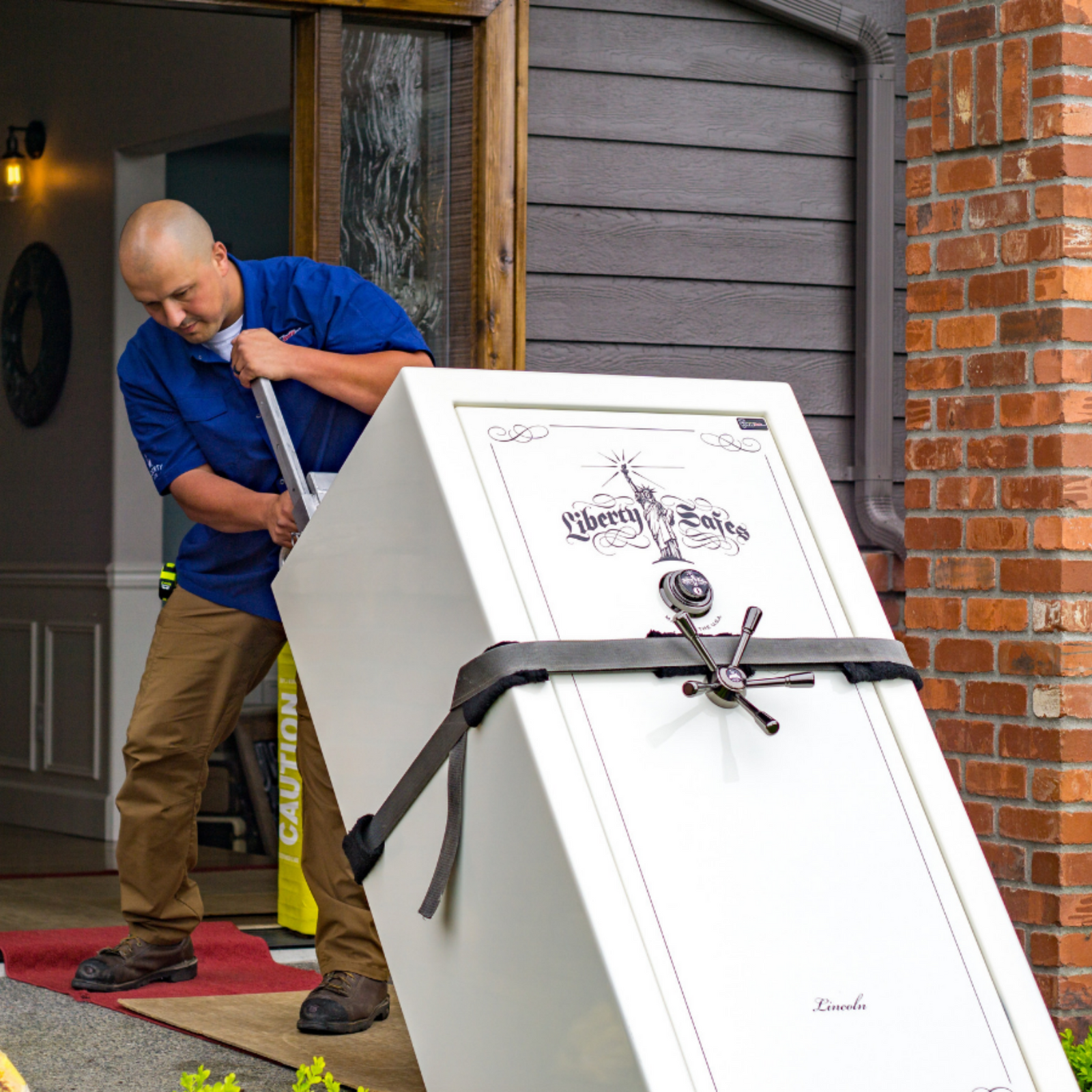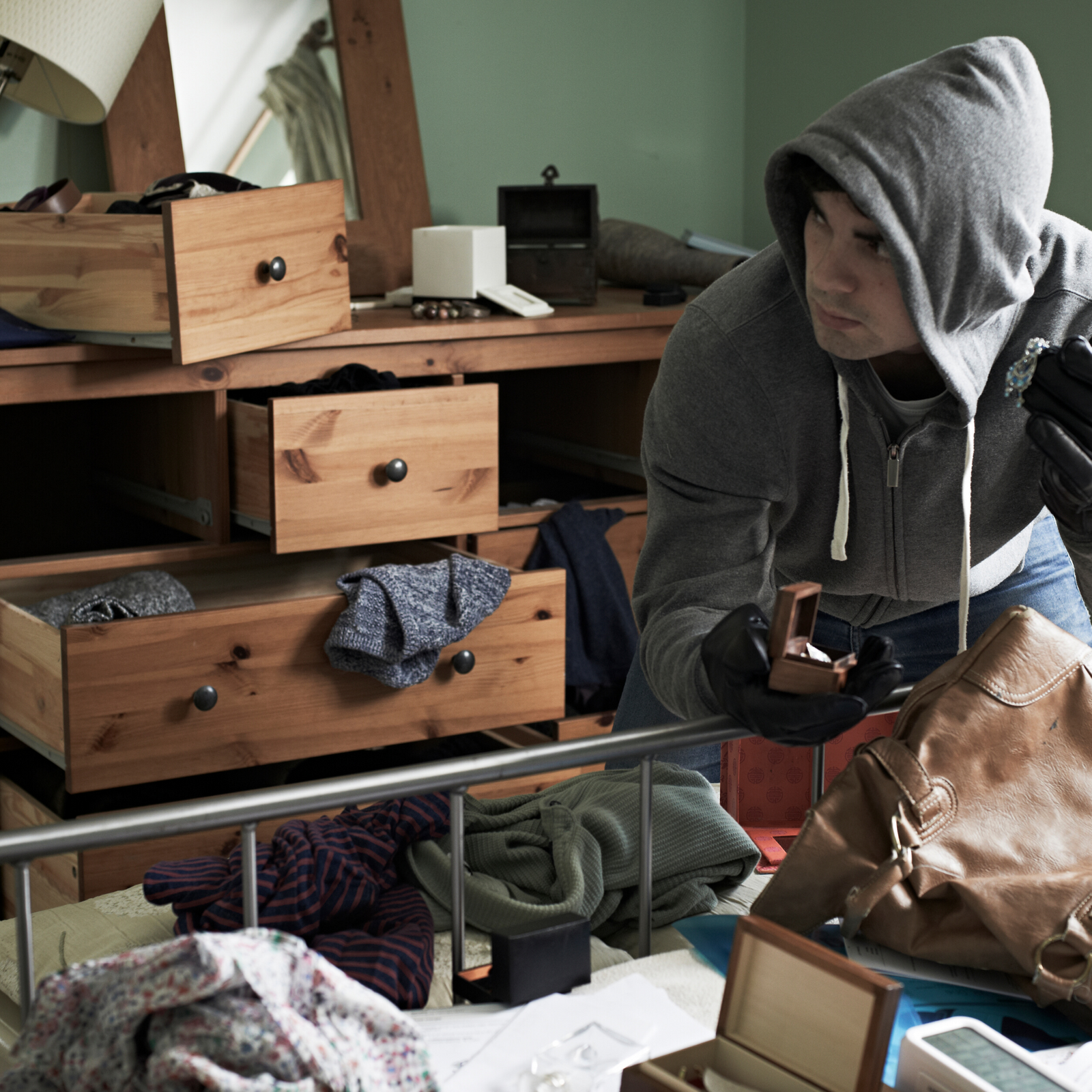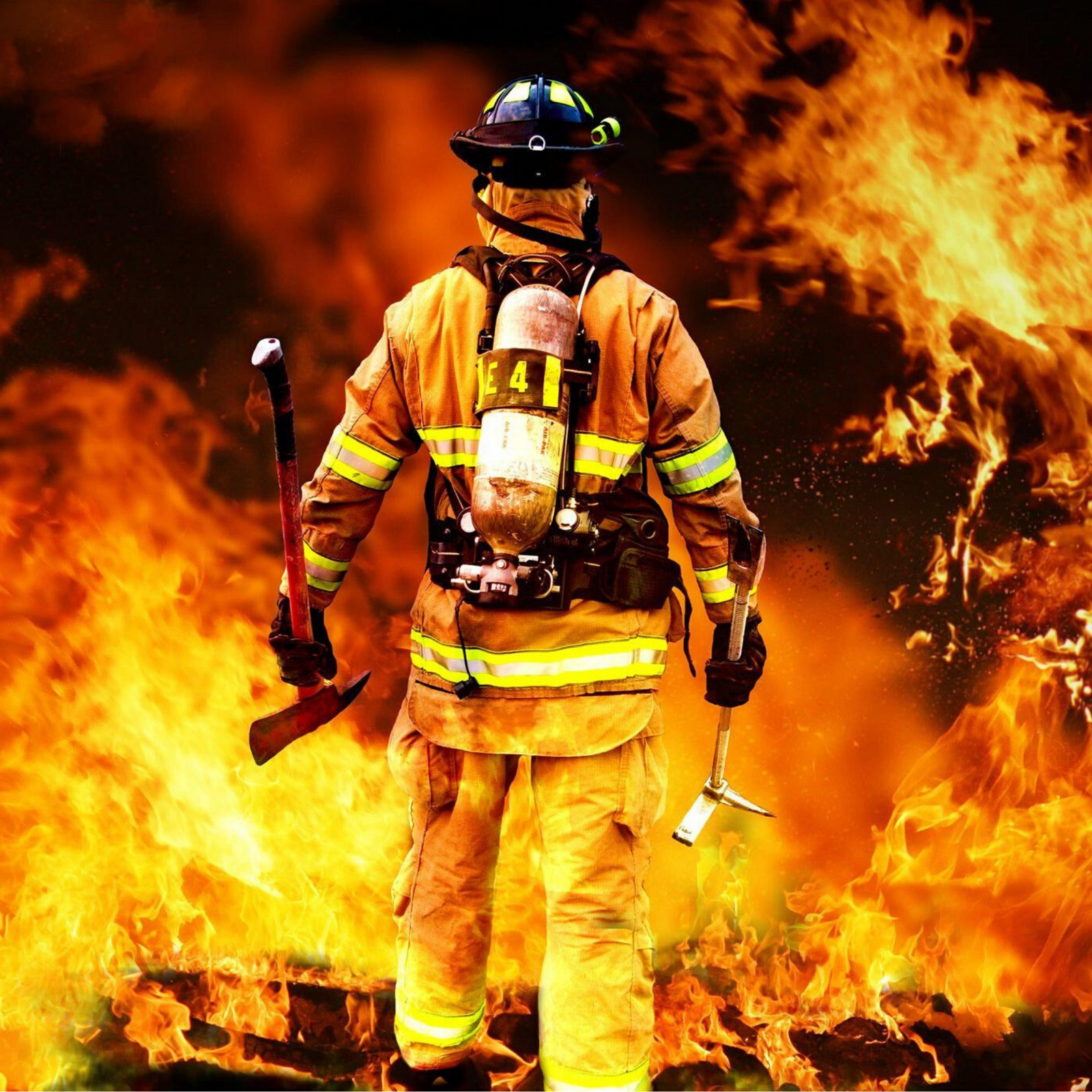There are professional “safe crackers” working for Underwriters Laboratories, but not all safe manufacturers send their safes to UL to prove their reliability. Why? Because it costs money to have your safes tested. And for that reason, those manufacturers do not earn the honor of having the UL symbol of security on their safes like Liberty’s UL 8M10 Residential Security Container (RSC) certification.
Why Aren’t Security Level 1 Safes UL-Listed?
The only reason why Liberty’s Security Level 1 safes (our entry- and economy-level models) are not UL-listed is that they are made from 14-gauge steel. This steel is also commonly used by other safe manufacturers. However, Liberty uses components that are UL-listed to increase the security of the safe. Like all Liberty gun safes, Security Level 1 safes are California Department of Justice (DOJ)-approved as a secure firearm storage device.
So, What Happens at UL?
Once the professional safe hackers get their hands on a Liberty safe, they do their darndest things to it while they try to breach its security features! We give them our engineering drawings to review before they start their testing. This way, they know where to drill or punch at what would normally be vulnerable areas in safes made by others.
UL’s hackers also get the chance to open the safe and study its door to examine security features and the location of security components.
UL’s testing methods include, but are not limited to attaching the safe’s door, body, lock, handle, and locking mechanism through:
- Chiseling
- Drilling
- Prying
- Punching
- Tampering
Testers try to breach the safe’s lock by drilling its tumblers, which can “trick” the lock into reacting as if the correct combination is dialed. Next, they may try to pry the lock off and then knock out its tumblers through its back plate to try to get the locking bolt to retract. When that fails to happen, they attempt punching into the handle shaft to bypass the lock by pushing out the cam/gear mechanism.
The next step is to cut a 4-inch diameter hole into the side of the safe by drilling an “X” and punching through it with a sledgehammer. This is done to gain access to the safe’s locking bars to side-punch them to try to break the locking mechanism or lock.
Liberty’s Security Level 2-8 gun safes have successfully passed UL’s testing to earning their UL 8M10 RSC certification. But we would be remiss not to mention all the additional torture testing we put our safes through at our manufacturing facility.



